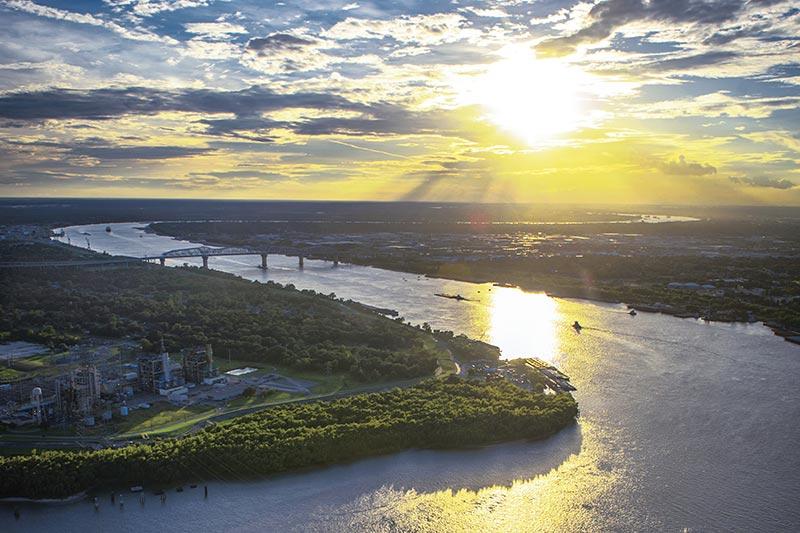Mississippi mud may hold hope for Louisiana coast
Many studies say capturing Mississippi River sand through diversions is key to rebuilding Louisiana’s vanishing coast. But a new study in the open-access journal Earth Surface Dynamics of an old levee breach, or crevasse, along Bayou Lafourche indicates that mud, the most plentiful sediment type carried by the river, may be the most powerful tool in building land.
Researchers from Tulane University, Coastal Carolina University and The Water Institute of the Gulf found that retention of river diversion sediment in wetlands could be increased to more than 75 percent, if the outflow area is protected from waves and tides. Diversion sites on the open coast retain only 5 to 30 percent of incoming sediment.
By examining an old crevasse along Bayou Lafourche, a precursor of the Mississippi River, the researchers found that mud can build enough land to keep up with sea level rise if the diversion flows into existing vegetated areas protected from marine forces. This crevasse, located near Napoleonville, La., is mostly made of mud deposits that have remained stable enough over the centuries to support farming more than five miles from the Bayou Lafourche channel.
“Crevasse splays like this one are extremely common in the Mississippi River Delta and all of them consist mainly of mud,” said Torbjörn Törnqvist, Vokes Geology Professor at Tulane University.
Since sediment carried by Bayou Lafourche 1,200 to 600 years ago only contained about 20 percent sand, but an abundance of mud, the researchers suggest that land building can be maximized by gearing muddy diversions toward vegetated areas rather than capturing sandy deposits along the open waters of the Gulf of Mexico.
“These issues are not unique to the Mississippi River Delta,” said report lead author Christopher Esposito, a research scientist at The Water Institute of the Gulf who undertook this study as part of his doctoral dissertation at Tulane University.

